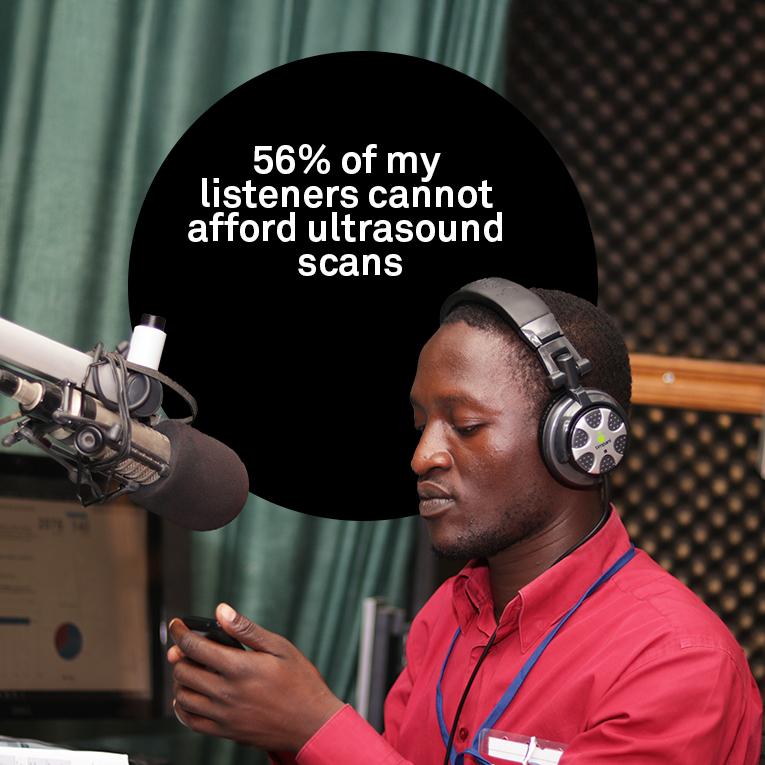Introduction to TracFM
TracFM, a pioneering initiative in Uganda, bridges the gap between communities and policymakers. By harnessing the power of voice and data, it empowers citizens to share their opinions on local governance and service delivery.
The Mechanism of Change
At its core, TracFM utilizes mobile technology to gather real-time feedback from citizens. This feedback is crucial for informing policymakers about the needs and concerns of the people, ensuring that decisions are data-driven and reflective of the community’s priorities.
Empowering Citizens and Communities
One of the most remarkable aspects of TracFM is how it empowers citizens to be active participants in governance. By voicing their concerns and suggestions, individuals feel more engaged and part of the decision-making process.
The Role of Data
Data collected through TracFM serves as a vital tool for advocacy and change. It creates a foundation for dialogue, allowing community members to advocate for improvements in health, education, and infrastructure.
Success Stories from Uganda
Many communities in Uganda have experienced tangible improvements due to the insights provided by TracFM. For instance, programs targeting healthcare have been optimized based on citizen feedback, leading to enhanced service delivery.
Partnership and Collaboration
TracFM thrives on collaboration between various stakeholders, including local governments, NGOs, and community organizations. This united approach ensures that data-driven insights lead to necessary actions and improvements within the communities.
Conclusion: The Future of Citizen Engagement
TracFM exemplifies the transformational power of technology in fostering citizen engagement. As it continues to evolve, it paves the way for other regions in the world to adopt similar models for greater accountability and community involvement.
To learn more about how TracFM works and its impact on Ugandan society, visit TracFM’s official page.

